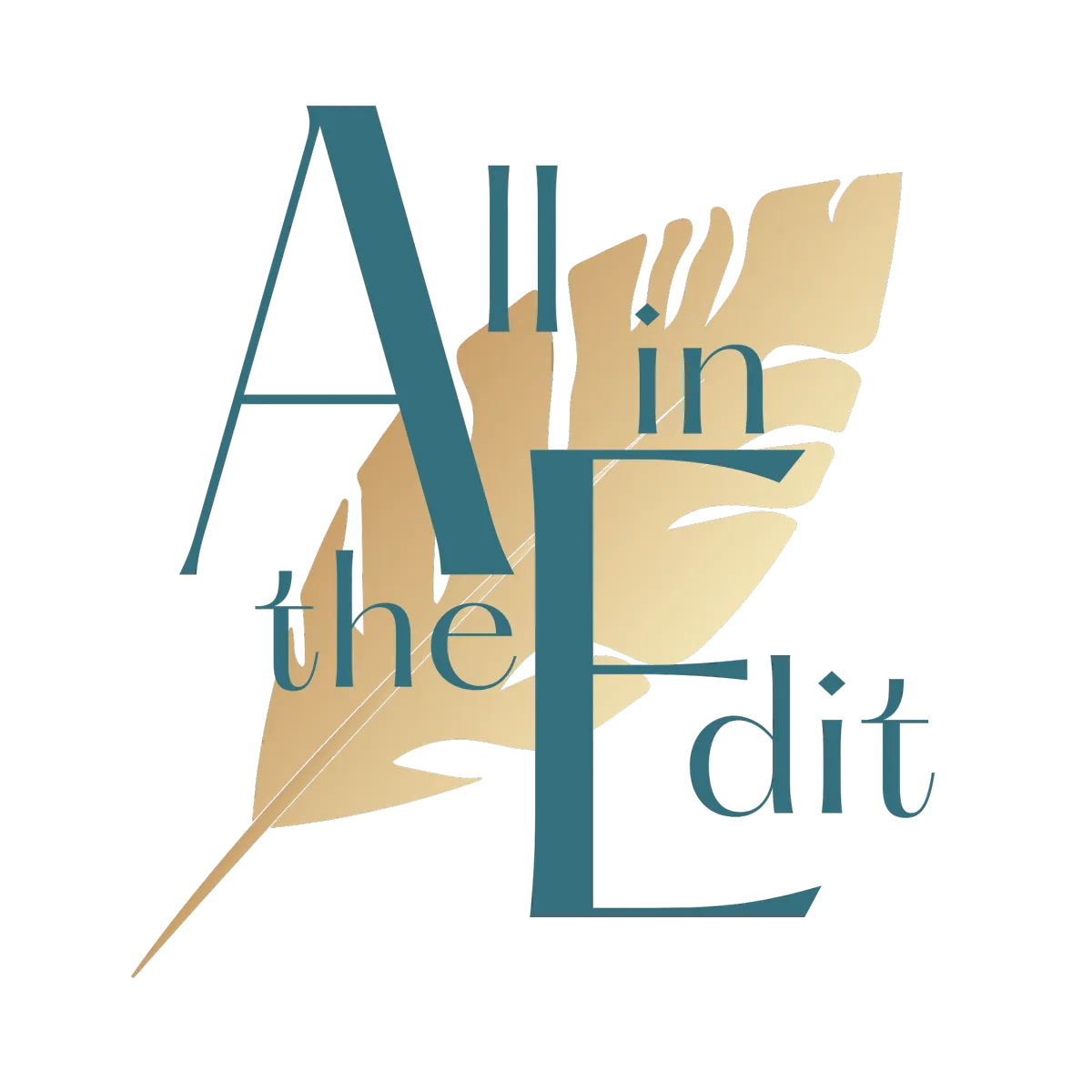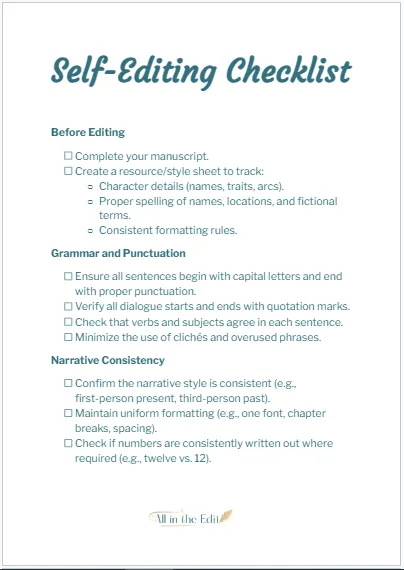
The Ultimate Guide to Developmental Editing, Copy Editing, and Proofreading
Introduction
Editing is a crucial component of the writing process, turning raw drafts into polished masterpieces. However, the term “editing” encompasses a range of specialised stages, each serving a distinct purpose. In this guide, we’ll explore the key differences between developmental editing, line and copy editing, and proofreading, highlighting the importance of each stage in the publishing journey.
Developmental Editing: Shaping the Foundation
Developmental editing, often the first stage in the editing process, focuses on the “big picture” elements of a manuscript. This includes:
Plot structure and pacing (for fiction) or logical flow and organisation (for non-fiction).
Character development and consistency.
Tone, theme, and narrative style.
Identifying gaps, redundancies, or inconsistencies in content.
This stage is less about fine-tuning sentences and more about ensuring the manuscript’s overall structure and content align with the author’s vision and audience expectations.
While developmental editing is invaluable for crafting compelling stories or coherent arguments, some authors opt to leverage alpha and beta readers as an alternative. These early reviewers provide feedback on the manuscript’s strengths and weaknesses from a reader’s perspective. While not a substitute for professional developmental editing, their insights can be a cost-effective starting point, especially for indie authors or first-time writers.
Line and Copy Editing: Refining Clarity and Consistency
Line and copy editing delve deeper into the manuscript’s language and technical aspects. Though often grouped together, they have distinct focuses:

Line Editing: This stage enhances the flow and readability of the text by refining sentence structure, word choice, and tone. The goal is to ensure that the author’s voice shines through while eliminating awkward phrasing or redundancy.
Copy Editing: A more technical process, copy editing ensures grammatical accuracy, proper punctuation, and adherence to style guides. It also addresses factual inconsistencies, such as dates, names, or references.
Together, line and copy editing elevate the manuscript’s quality, making it more engaging and professional. Skipping these stages can result in a work that feels rough or unpolished, potentially alienating readers.
Proofreading: The Final Polish
Proofreading is the final step before publication. At this stage, the manuscript is reviewed for:
Spelling errors and typos.
Minor grammatical mistakes.
Formatting inconsistencies (e.g., spacing, fonts, headers).
Proofreading ensures that the final version is free from distracting errors that could undermine its professionalism. While some authors assume proofreading is interchangeable with editing, it is a distinct process that complements earlier editing stages.
Why Each Stage Matters
Each stage of editing plays a unique role in transforming a manuscript into a polished piece. Skipping any stage can leave a work vulnerable to issues such as plot holes, clunky language, or glaring typos. For authors aiming to publish professionally, investing in these stages ensures their work stands out in a competitive market.

When Alpha and Beta Readers Can Help
While developmental editing is critical for a manuscript’s foundation, budget constraints may lead authors to seek alternative solutions. Alpha readers (usually trusted peers) provide feedback during the early stages, while beta readers (representative of the target audience) offer insights closer to completion. Their perspectives can identify narrative gaps, character inconsistencies, or areas of confusion. However, as their feedback is subjective and unstructured, it is not a substitute for the expertise of a professional developmental editor.
Conclusion
Understanding the distinctions between developmental editing, line and copy editing, and proofreading empowers authors to approach the editing process with clarity and confidence. Each stage is essential to crafting a polished, professional manuscript that resonates with readers. While alpha and beta readers can offer valuable insights, professional editing remains irreplaceable for authors aiming to elevate their work to the highest standard.
Whether you’re a seasoned writer or a newcomer, recognising the importance of editing is the first step towards creating a piece that truly shines. Investing in the right editing support will ensure your words leave a lasting impact.


